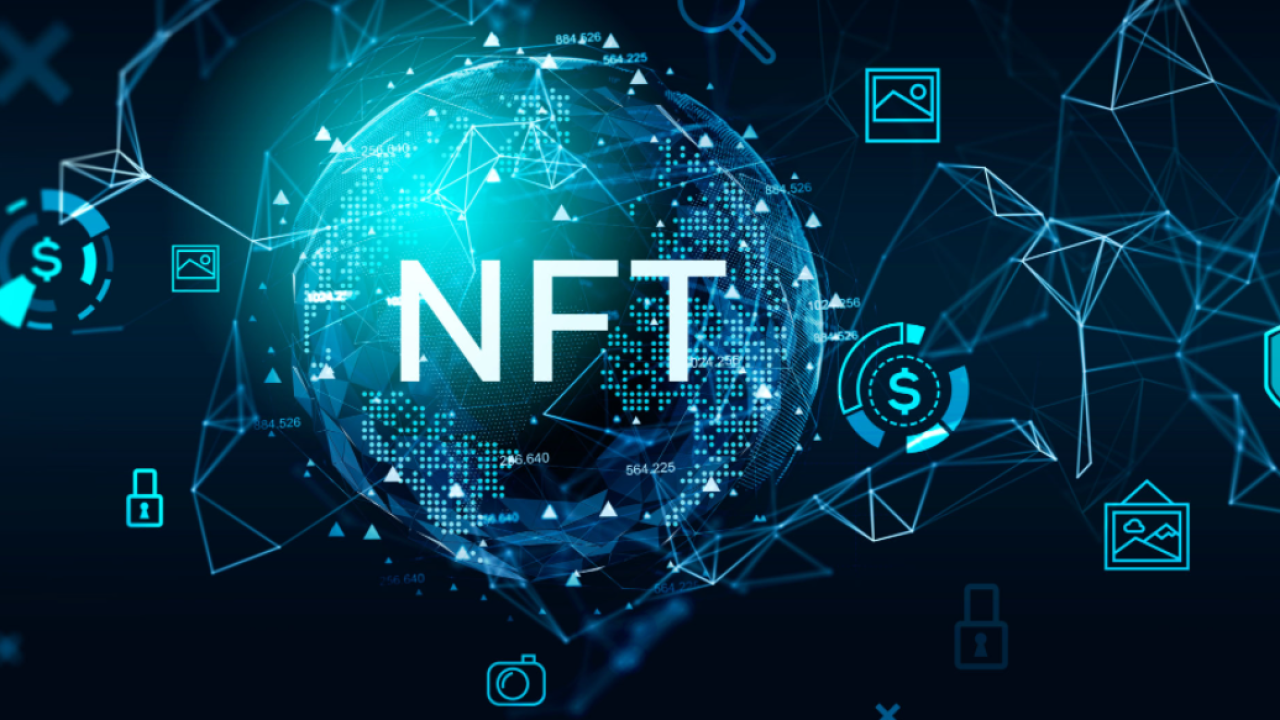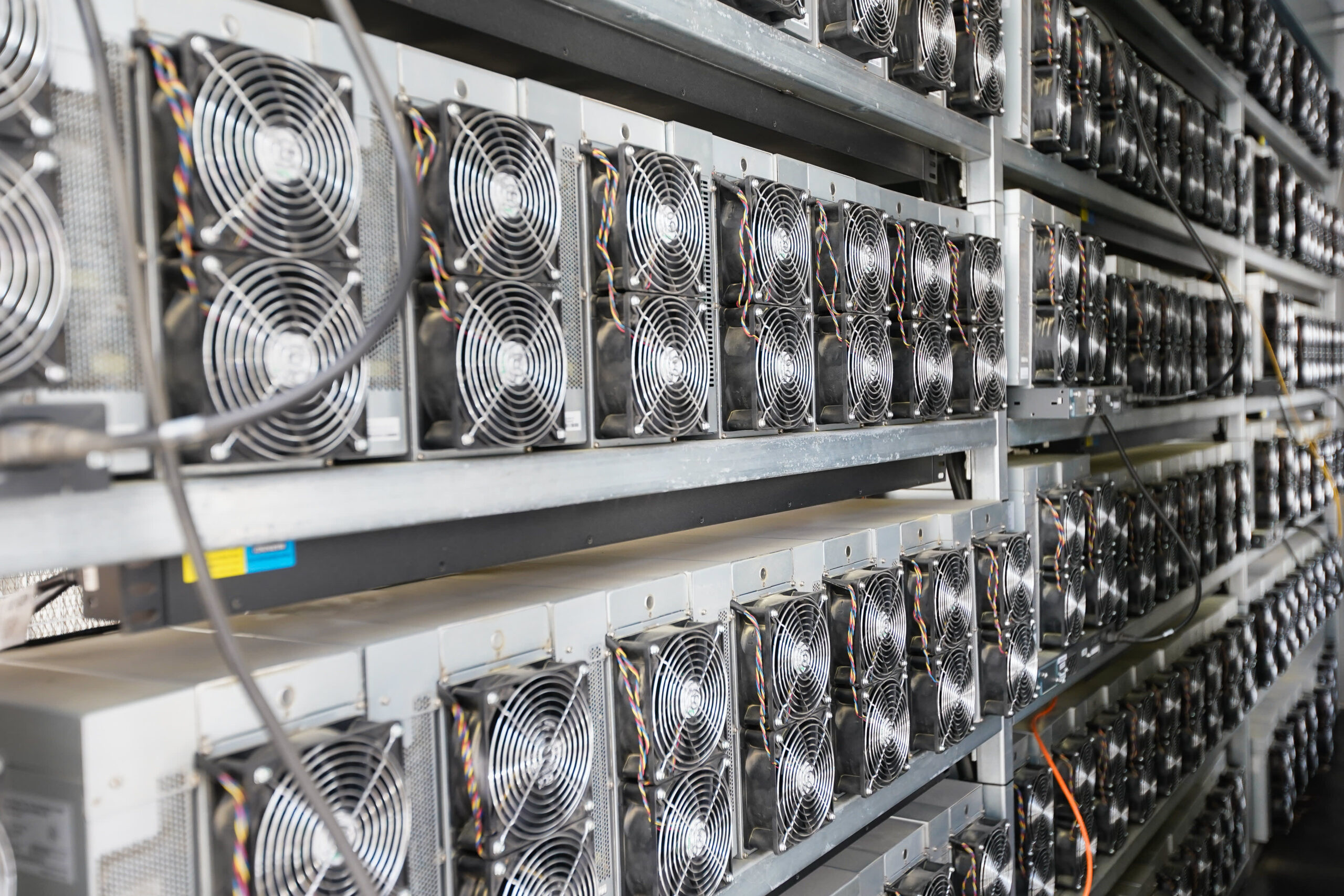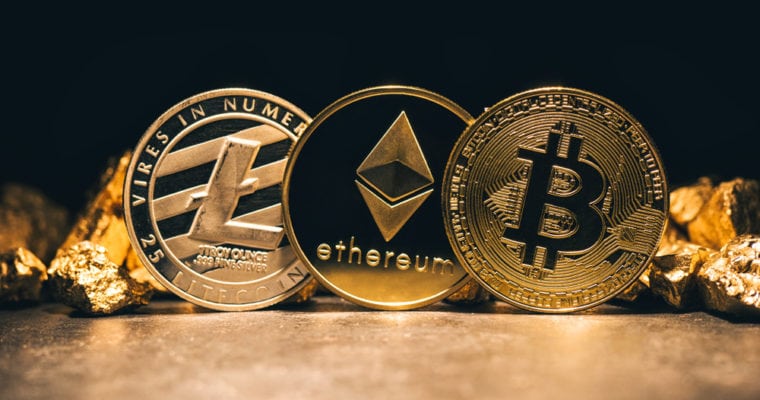What Are Non-Fungible Tokens (NFTs)
non-fungible tokens (NFTs) represent a groundbreaking shift in how we perceive and experience ownership in the digital realm.

In recent years, the term "NFT" has become synonymous with the digital art and collectibles market. Non-fungible tokens, or NFTs, have taken the world by storm, capturing the attention of artists, creators, investors, and collectors alike. These unique digital assets have not only revolutionized the way we think about ownership but have also given rise to a new era of blockchain technology applications. In this comprehensive guide, we will explore the fascinating world of non-fungible tokens, covering everything from their definition and history to their uses, challenges, and future potential.
A Brief Overview Non-Fungible Tokens
Non-Fungible Tokens, commonly known as NFTs, are unique digital assets that represent ownership or proof of authenticity of a specific item or piece of content. Unlike cryptocurrencies such as Bitcoin or Ethereum, which are fungible and can be exchanged on a one-to-one basis, NFTs are indivisible and cannot be exchanged on a like-for-like basis.
The Non-Fungible Tokens Revolution
The NFT revolution has transformed the way we perceive and trade digital assets. NFTs have unlocked new opportunities for creators to monetize their work, enabled collectors to own unique pieces of digital history, and given rise to a digital ownership economy that spans art, gaming, music, and more.
Understanding Fungibility and Non-Fungibility
Fungibility Explained
Fungibility refers to the interchangeability of one unit of a commodity or asset with another of the same kind and value. For example, a $10 bill is fungible because it can be exchanged for another $10 bill without any difference in value. Cryptocurrencies like Bitcoin are also fungible; one Bitcoin is equal in value to another.
Non-Fungibility Defined
Non-fungibility, on the other hand, denotes the uniqueness and indivisibility of an asset. Non-fungible tokens represent assets that cannot be exchanged for something else on a one-to-one basis because they have distinct attributes, characteristics, or ownership histories that make them one-of-a-kind.
Examples of Non-Fungible Assets
Non-fungible assets in the physical world include real estate, collectible items like rare stamps or vintage cars, and even personal identification documents like passports. In the digital realm, NFTs serve as tokens of ownership for unique digital assets such as digital art, virtual real estate in video games, and rare in-game items.
How Do Non-Fungible Tokens Work?
Blockchain Technology
NFTs are built on blockchain technology, which provides the underlying infrastructure for recording and verifying ownership of digital assets. Blockchains are decentralized ledgers that maintain a transparent and immutable record of transactions. This ensures the authenticity and provenance of NFTs.
Smart Contracts
Smart contracts are self-executing agreements with predefined rules and conditions. NFTs are often created and managed through smart contracts, which automatically execute actions like transferring ownership or distributing royalties to creators when specific criteria are met.
Digital Ownership
NFTs represent digital ownership in the form of tokens. These tokens can be bought, sold, or traded on various online platforms, creating a thriving secondary market for NFTs.
A Brief History of Non-Fungible Tokens
Early Beginnings
The concept of NFTs dates back to the early days of blockchain technology. However, NFTs gained significant attention and popularity in the mid-2010s, primarily within the gaming and virtual world communities.
NFTs in the Gaming Industry
NFTs found early adoption in the gaming industry, where they were used to represent rare in-game items, skins, and collectibles. Players could buy, sell, and trade these digital assets across different gaming platforms.
The CryptoKitties Phenomenon
CryptoKitties, a blockchain-based game launched in 2017, became a viral sensation and showcased the potential of NFTs. Players could collect and breed unique digital cats, each represented by an NFT.
The NFT Art Boom
The NFT art movement gained momentum in 2020 and 2021, with digital artists selling their work as NFTs for millions of dollars. This led to a surge of interest from artists, collectors, and investors in the NFT space.
Types of Non-Fungible Tokens
Art and Collectibles
NFTs have become synonymous with digital art and collectibles. Artists create unique digital works, tokenize them as NFTs, and sell them on NFT marketplaces.
Gaming and Virtual Real Estate
Gaming platforms leverage NFTs to represent rare in-game items, virtual real estate, and characters. Players can buy, sell, and trade these assets, often across different games.
Music and Entertainment
Musicians and entertainers have started using NFTs to release exclusive music, concert tickets, and digital memorabilia directly to fans.
Real-World Assets
NFTs have the potential to represent ownership of real-world assets like real estate, luxury items, or even shares in companies.
Utility NFTs
Utility NFTs grant access to specific services or benefits within a digital ecosystem. For example, an NFT could provide access to a premium subscription service.
Creating and Minting Non-Fungible Tokens
The Minting Process
Creating an NFT involves the process of "minting." Artists and creators can use NFT marketplaces and platforms to mint their digital creations into NFTs. During minting, metadata such as the title, description, and attributes of the NFT are defined.
Platforms for NFT Creation
Several NFT marketplaces, such as OpenSea, Rarible, and Mintable, offer tools and services for artists and creators to mint their NFTs. These platforms facilitate the creation and listing of NFTs, allowing creators to reach a global audience of collectors.
Buying, Selling, and Trading NFTs
NFT Marketplaces
NFT marketplaces serve as the primary platforms for buying, selling, and trading NFTs. These online marketplaces host a diverse range of NFTs, from digital art to virtual real estate and more.
The Auction Model
Many NFTs are sold through auction-style listings, where buyers place bids, and the highest bidder wins the NFT. This auction model has resulted in some NFTs selling for exorbitant sums.
Non-Fungible Tokens Wallets
To participate in the NFT ecosystem, users need an NFT wallet. These wallets allow users to store, manage, and transfer their NFTs securely.
Challenges and Concerns
Copyright and Plagiarism
The NFT space has grappled with issues related to copyright and plagiarism, as some NFTs have been minted without the consent of the original creators.
Environmental Impact
The energy consumption of blockchain networks, particularly Ethereum, has raised concerns about the environmental impact of NFTs.
Speculation and Price Volatility
The NFT market has witnessed significant price volatility and speculative trading, raising questions about the sustainability of NFT valuations.
Scalability Issues
Blockchain scalability remains a challenge, as network congestion can lead to high fees and slower transaction processing times.
The Future of Non-Fungible Tokens
Integration with Traditional Industries
NFTs have the potential to integrate with traditional industries such as art, entertainment, and finance. This could revolutionize how ownership and royalties are managed.
NFTs and Virtual Reality
The convergence of NFTs and virtual reality (VR) could lead to immersive digital experiences where users can interact with NFT-based assets in virtual worlds.
Cultural and Societal Impacts
NFTs have sparked discussions about ownership, value, and authenticity in the digital age. Their cultural and societal impacts are still evolving.
The Digital Renaissance of Ownership
In conclusion, non-fungible tokens (NFTs) represent a groundbreaking shift in how we perceive and experience ownership in the digital realm. These unique digital assets have transcended the world of art and collectibles, paving the way for new possibilities in gaming, entertainment, and beyond. While challenges and concerns persist, the potential for NFTs to reshape industries and redefine ownership is undeniable. As the NFT ecosystem continues to evolve, it holds the promise of ushering in a digital renaissance of ownership that extends far beyond the boundaries of the physical world.
What's Your Reaction?
















